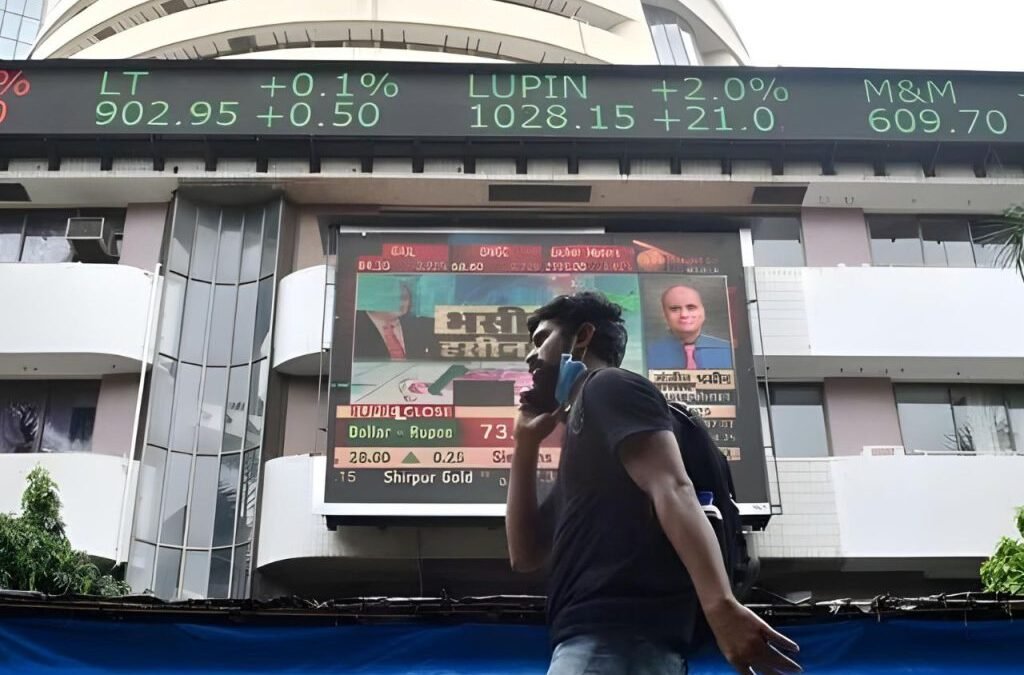According to Jefferies, India is gearing up for a significant surge in equity supply, surging upto Rs 7 lakh crore, in the next nine months of this financial year (FY26). This inflow is expected to come from various sectors through IPOs, stake sales, and private equity (PE) exits.
The government plans to raise around Rs 25,680 crore ($3 billion) by offloading stakes in public sector companies where it holds more than 75%, alongside the anticipated disinvestment of IDBI Bank. Companies in the defence and railways sectors are also on the list for potential stake sales.
Several companies like Fertilizers & Chemicals Travancore, Bank of Maharashtra, Central Bank of India, etc, have government holdings exceeding 75 percent, which have to be diluted by the government in the future.
In the IT sector, we could see shares worth between Rs 25,680 and Rs 34,240 crore ($3–4 billion) entering the market through PE exits and smaller IPOs. The telecom sector is projected to experience the largest supply, estimated at Rs 1.28 lakh crore to Rs 1.71 lakh crore ($15–20 billion), primarily driven by major IPOs like Reliance Jio and possible promoter stake sales.
The banking sector might contribute an additional Rs 51,360 to Rs 68,480 crore ($6–8 billion) to the equity supply, particularly from public sector banks that need to trim the government’s stake to 75%. For non-banking financial companies (NBFCs), around Rs 34,240 to Rs 42,800 crore ($4–5 billion) could come from new IPOs and PE exits.
Both the capital markets and internet sectors are expected to add between Rs 85,600 and Rs 1,02,720 crore ($10–12 billion) each. In capital markets, larger companies may go public, while in the internet arena, e-commerce firms and PE investors are likely to offload their stakes.
Several PE firms like KKR, Blackstone, Warburg Pincus, have good holding in several listed Indian entities like Awfis, Eternal, IXIGO, etc, which may see a price correction during the sharp sell-off.
Also Read: 20% Upper Circuit: Auto ancillary stock skyrockets after Co. announces restructuring & diversification plan
While the recent increase in equity supply opens up new opportunities, it also requires investors to invest carefully. Sectors like internet and telecom, which are gearing up for a wave of IPOs, might experience some pressure on their valuations.
Also, the surge in volume of new shares could put a strain on market liquidity, particularly if foreign institutional investments don’t keep pace. This situation might also lead to a shift in how capital is allocated, with investors leaning towards sectors like capital markets, telecom, and NBFCs instead of the usual safer options.
While this huge Rs 7 lakh crore equity supply brings new opportunities, it could also cause the market to fall if there aren’t enough buyers. If retail investors, FIIs, and DIIs don’t actively participate, it may lead to selling pressure and a drop in share prices.
Sectors like telecom and internet could be hit the most due to high fundraising. The market needs strong demand to absorb this supply. If demand stays weak, a correction is very likely.
Written by Satyajeet Mukherjee
Disclaimer

The views and investment tips expressed by investment experts/broking houses/rating agencies on tradebrains.in are their own, and not that of the website or its management. Investing in equities poses a risk of financial losses. Investors must therefore exercise due caution while investing or trading in stocks. Trade Brains Technologies Private Limited or the author are not liable for any losses caused as a result of the decision based on this article. Please consult your investment advisor before investing.
The post Will ₹7 Lakh Cr equity outflow contribute to a market correction in the future appeared first on Trade Brains.

